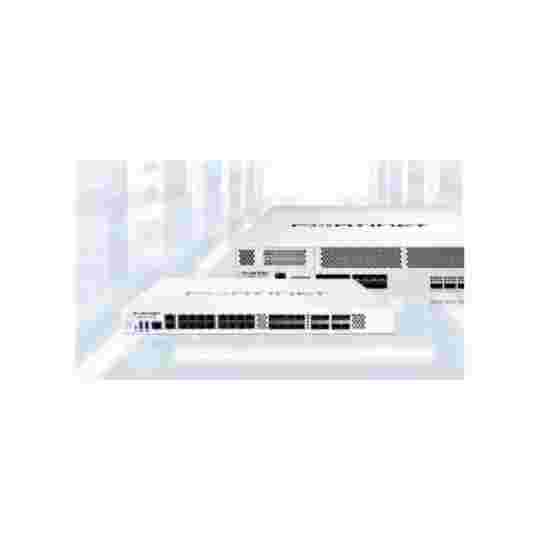Understanding Firewall Security in Hybrid Cloud Environments

Introduction to Hybrid Cloud Environments
As businesses increasingly adopt hybrid cloud environments, the need for robust security measures becomes paramount. Hybrid clouds combine on-premises infrastructure with public and private cloud services, offering flexibility and scalability. However, this complexity introduces security challenges that must be addressed, especially concerning firewall configurations.
The Role of Firewalls in Hybrid Clouds
Firewall serve as the first line of defense in protecting network traffic. They monitor incoming and outgoing traffic based on predetermined security rules. In hybrid cloud environments, firewalls help manage the security of both on-premises and cloud-based resources, ensuring that unauthorized access is prevented and data integrity is maintained.
Types of Firewalls
There are various types of firewalls, including:
- Packet-Filtering Firewalls: Inspect packets of data and block or allow them based on IP addresses, protocols, and ports.
- Stateful Inspection Firewalls: Track active connections and make decisions based on the state of the traffic.
- Next-Generation Firewalls (NGFW): Incorporate advanced features such as deep packet inspection, intrusion prevention systems (IPS), and application awareness.
- Web Application Firewalls (WAF): Specifically designed to protect web applications by filtering and monitoring HTTP traffic.
Each type plays a crucial role in securing hybrid cloud setups.
Challenges in Securing Hybrid Clouds
Managing firewall security in hybrid environments presents several challenges:
- Complexity of Management: Coordinating security across multiple platforms can lead to inconsistencies in security policies.
- Visibility Issues: Gaining complete visibility over all data flows between on-premises and cloud resources can be difficult.
- Dynamic Environments: The dynamic nature of cloud services means that traditional firewall rules may need frequent updates to remain effective.
Best Practices for Firewall Security
To enhance Fortinet firewall security in hybrid cloud environments, consider the following best practices:
- Unified Management: Use centralized management tools to unify security policies across on-premises and cloud environments.
- Regular Audits: Conduct regular audits of firewall rules and configurations to identify vulnerabilities.
- Automated Updates: Implement automated solutions for updating firewall rules based on emerging threats.
- Zero Trust Architecture: Adopt a zero trust approach where every request is authenticated, authorized, and encrypted, regardless of the source.
Integrating Firewalls with Cloud Services
Many cloud providers offer integrated Fortigate firewall solutions that enhance security without additional complexity. Using cloud-native firewalls can simplify management while providing the necessary protection against threats.
Monitoring and Logging
Effective monitoring and logging are essential for understanding traffic patterns and identifying potential threats. Implementing robust logging solutions can provide insights into unusual activities, allowing for quick responses to security incidents.
Incident Response Planning
Having a well-defined incident response plan is critical. This plan should outline how to respond to various security incidents, including firewall breaches. Regularly testing this plan ensures that all stakeholders are familiar with their roles during an incident.
Conclusion
Understanding Raspberry firewall security in hybrid cloud environments is essential for organizations looking to protect their assets effectively. By leveraging the right firewall types, implementing best practices, and maintaining vigilance, businesses can navigate the complexities of hybrid clouds while ensuring robust security.
- Art
- Causes
- Crafts
- Dance
- Drinks
- Film
- Fitness
- Food
- Jeux
- Gardening
- Health
- Domicile
- Literature
- Music
- Networking
- Autre
- Party
- Religion
- Shopping
- Sports
- Theater
- Wellness


